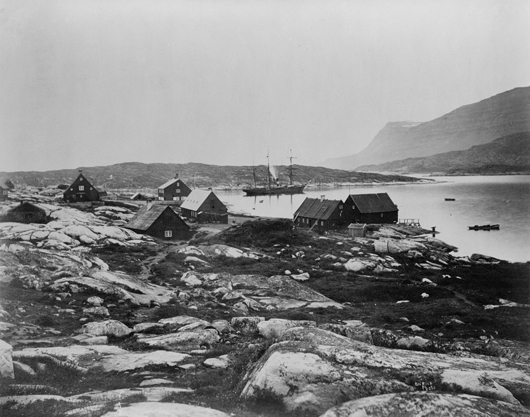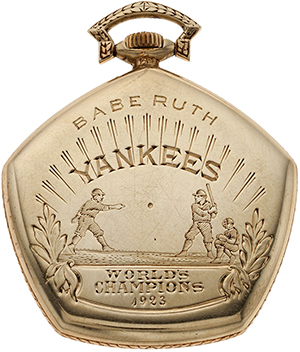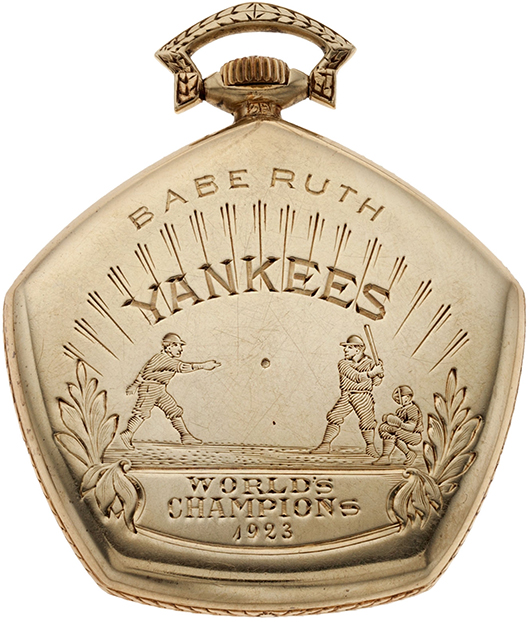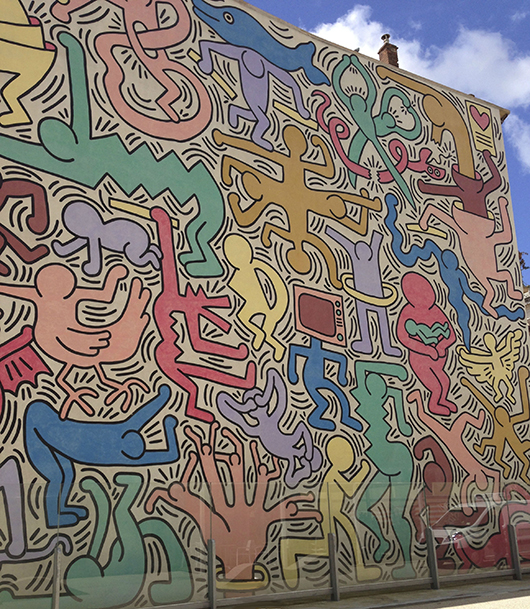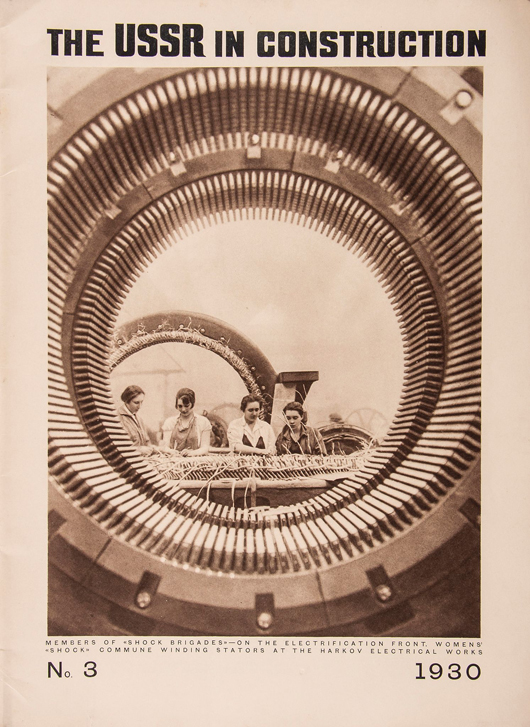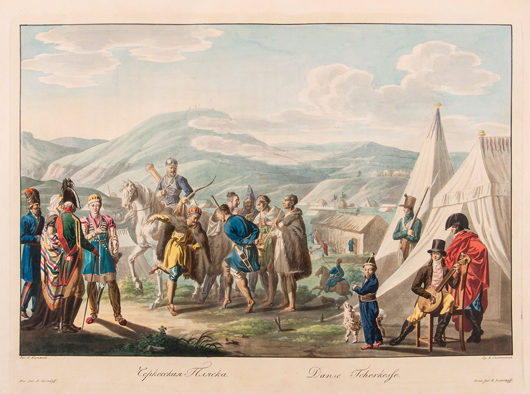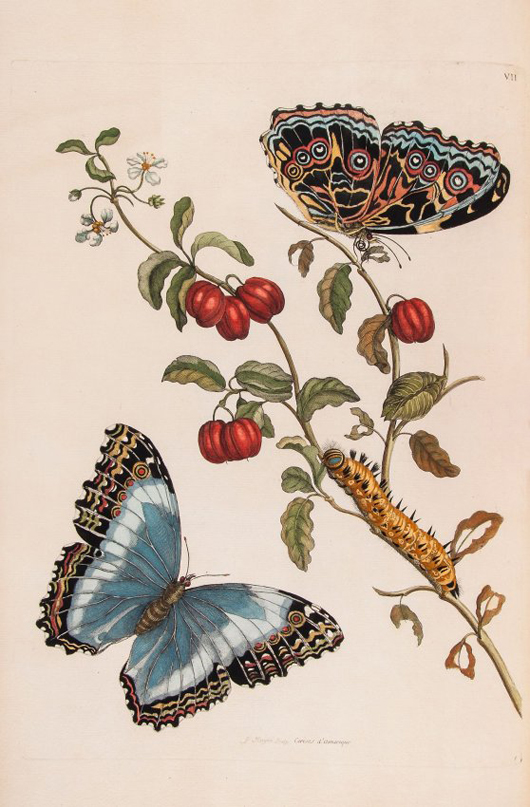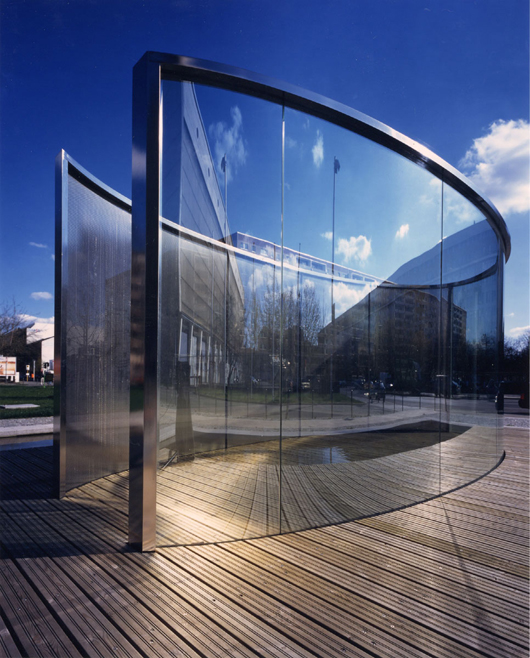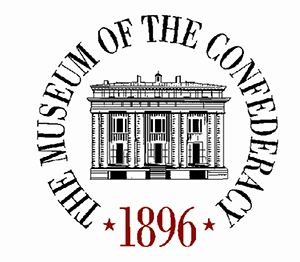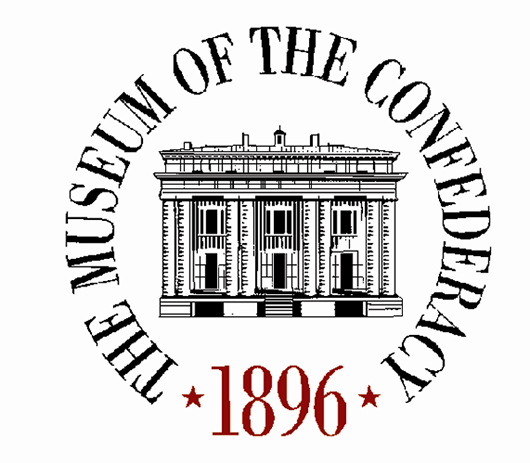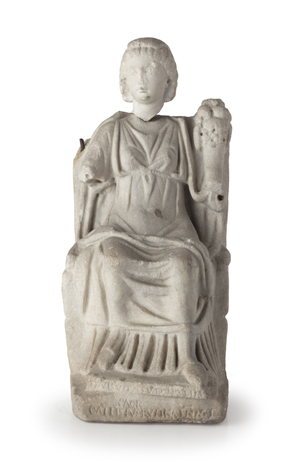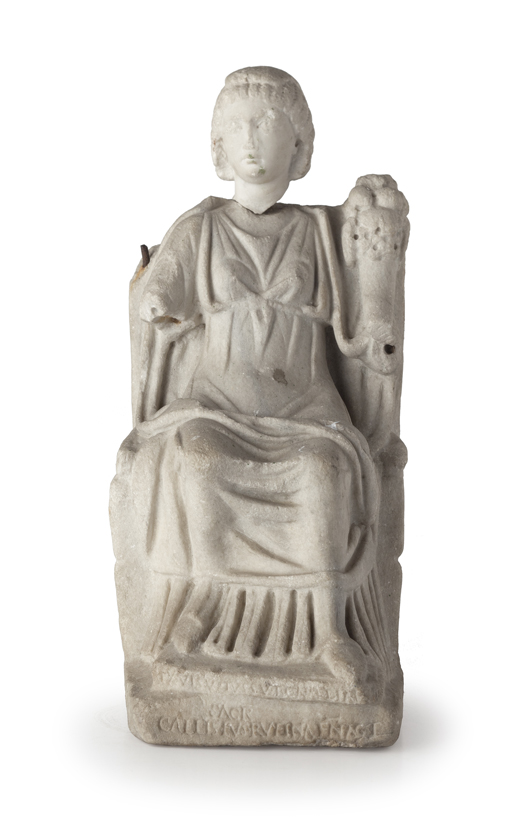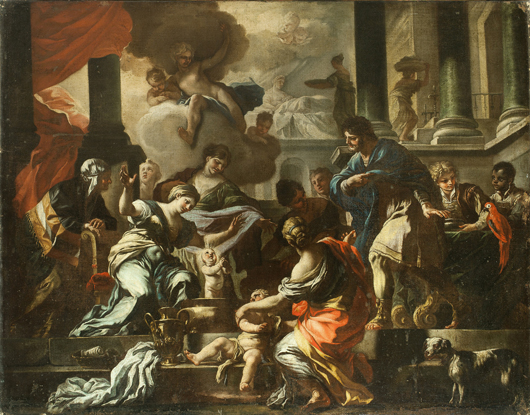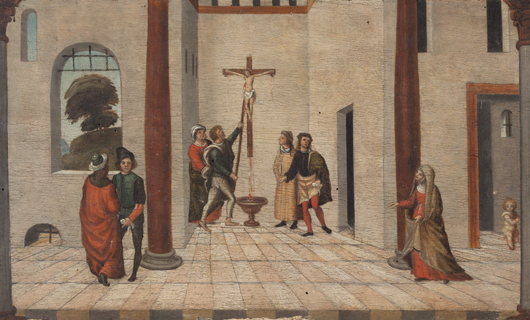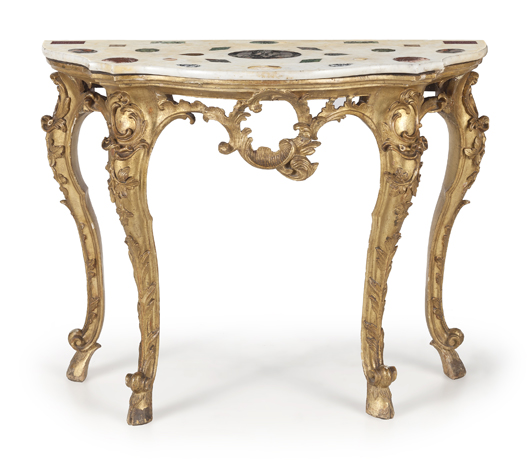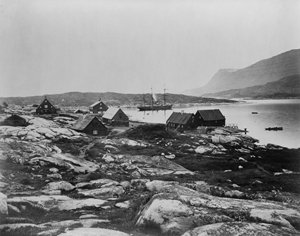
BRIDGEPORT, Conn. (AP) – A reindeer-skin sleeping bag from a 19th century polar rescue expedition, an artifact from an era in which men – toiling through starvation, frostbite and other tribulations – pushed the boundaries of the known Earth ever-farther north, has been rediscovered and displayed at the Barnum Museum.
The bag was given to what was then the Bridgeport Scientific Society by William Barrymore, of Stratford, who served in the Navy during the Civil War.
“Apparently, it was someone in the crew of the USS Bear who gave the bag to Barrymore,” said curator Adrienne Saint-Pierre, who said the bag had been part of the Barnum Museum collections since Barrymore’s widow gave it to the society, the precursor to the museum.
“It’s been in storage for a very long time,” she said. “But it’s in pretty good shape even though it was rolled into a ball and not properly stored.”
It’s fitting that the sleeping bag has found a home in the Barnum Museum. The second half of the 19th century, the time when P.T. Barnum achieved rock-star status worldwide, was also an era when people everywhere were captivated by the exploits of the polar explorers.
It provided a link to “The Greely Expedition: A Tale of Triumph and Tragedy in the Arctic,” that was presented Sunday at the museum by the University of Hartford’s Professor Michael Robinson, an expert on 19th century scientific expeditions.
Dozens of Arctic expeditions were launched in the 1800s; no fewer than 19 left England or the U.S. just to search for survivors of the 1845 Franklin Expedition.
But Adolphus Greely, a Civil War army veteran, wasn’t looking for Franklin. His expedition, also known as the Lady Franklin Bay Expedition, was part of the First International Polar Year.
It could be argued that Greely wasn’t the best man for the assignment. According to Pierre Berton’s The Arctic Grail, the humorless Greely, 38, was a stickler for regimen, and his men grew increasingly resentful of his endless orders. To make matters worse, his 25 men didn’t get along, either.
Saint-Pierre also noted the Greely expedition was poorly equipped.
“We have good records of what they took with them, and we know that their sleeping bags were made of buffalo hides. Caribou – or reindeer – is a lot better when you’re in the Arctic,” she said.
Greely’s party was dropped off by a sturdy 467-ton sealer, the USS Proteus, on the northern shore of Lady Franklin Bay on far northeastern Ellesmere Island in the summer of 1881. They were just 60 miles from the North Pole and a thousand miles north of the Arctic Circle.
Greely and his men were housed in a wooden hut they built, not much larger than the typical living room, called Fort Conger. Aside from taking the required measurements of the Earth’s magnetism and other scientific observations, there was little to do but play Parcheesi and stare at one another.
Revolvers were drawn on more than one occasion.
The men were hoping that a supply ship would arrive the following summer, but August 1882 came and went with no sign of a mast.
Little did they know that the USS Neptune was 200 miles to the south, beset by ice, despite open water around the fort. The Neptune was forced to return.
In the summer of 1883, Greely had supplies to easily last another year, but was under orders to retreat south to Cape Sabine with his men, sailing in a few small boats. Greely always followed orders; if he had stayed at Fort Conger, all of his men might have survived.
Meanwhile, the Proteus was sent north in a second relief expedition. It was crushed by pack ice, and nearly all of the stores intended for Greely’s men sank to the bottom. The men of the Proteus were rescued by a whaling ship, and left some supplies at Cape Sabine.
As Greely and his men pushed south, there was talk of mutiny. Ice conditions went from bad to worse, and the men had to abandon their launches and take refuge on an ice floe, which broke into smaller and smaller chunks. In a stroke of luck, the floe ran aground 20 miles south of Cape Sabine.
Taking one of their whaleboats, they made the grueling trek to Cape Sabine, arriving in late October 1883. But the food stores there were much more meager than Greely expected, and they were faced with another Arctic winter with five months of darkness. Not only was food running out, but the party was also dying of thirst. There wasn’t enough fuel to melt the snow and ice.
The sun returned in mid-March 1884, but by now Greely’s men were dying one by one of cold, starvation, frostbite and disease; others were insane.
All of this occurred with the knowledge that had they stayed at Fort Conger, the musk ox would have been plentiful. At Cape Sabine, there was almost no game to be had.
On April 24, at the urging of Greely’s wife, Henrietta, a third relief expedition was mounted, departing from New York in the USS Bear.
Schley found Greely’s party on June 22, 1884. The survivors were living in a single, collapsed and flapping tent. Most were too weak to move, and some appeared to have died just days earlier.
Only seven were alive, and one of those, Cpl. Joseph Ellison, died on the way back to Portsmouth, N.H., The warmth of his berth in the Bear caused his gangrene to fester, killing him.
___
Information from: Connecticut Post, http://www.connpost.com
Copyright 2014 Associated Press. All rights reserved. This material may not be published, broadcast, rewritten, or redistributed.
AP-WF-02-22-14 1609GMT
ADDITIONAL IMAGE OF NOTE
